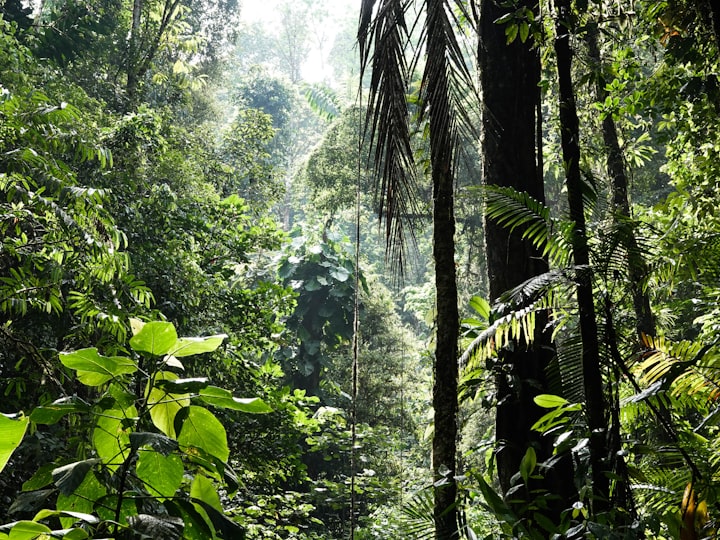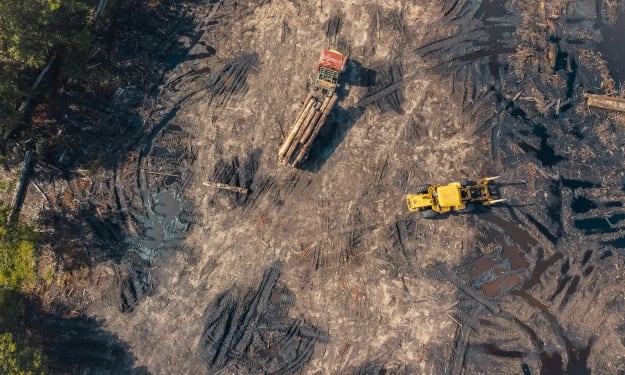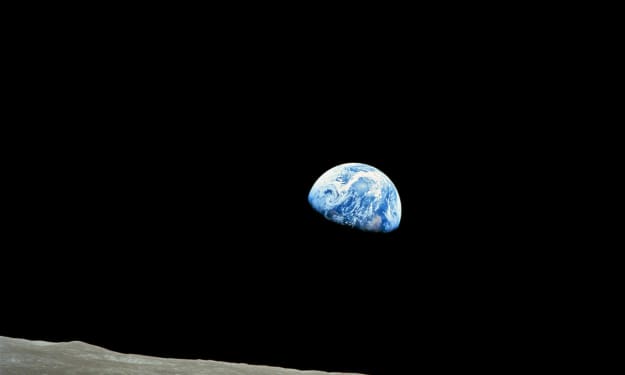Biodiversity and Conservation: Guardians of Earth's Precious Diversity
In this article, we embark on a journey to explore the significance of biodiversity, the challenges it faces, and the crucial role of conservation efforts in preserving our planet's precious diversity of life.

Introduction
In the intricate web of life on Earth, biodiversity is the thread that weaves together the tapestry of existence. Yet, this delicate balance is under threat like never before. In this article, we embark on a journey to explore the significance of biodiversity, the challenges it faces, and the crucial role of conservation efforts in preserving our planet's precious diversity of life.
The Essence of Biodiversity
Biodiversity Defined
Biodiversity, a fusion of "biological" and "diversity," refers to the variety of life forms on Earth, encompassing everything from microscopic bacteria to towering sequoias and majestic whales. It encompasses three crucial components:
Genetic Diversity: The variety of genes within species, ensuring their ability to adapt to changing environments.
Species Diversity: The number of different species in a given area or on the entire planet, contributing to the overall ecological balance.
Ecosystem Diversity: The diversity of habitats, ecosystems, and ecological processes that enable life to flourish on Earth.
The Importance of Biodiversity
Biodiversity is not just an abstract concept; it's a cornerstone of life on Earth. Here's why it matters:
Ecosystem Stability: Diverse ecosystems are more resilient and adaptable to environmental changes, providing stability and services such as clean air and water, pollination, and climate regulation.
Economic Value: Biodiversity is the foundation of industries like agriculture, medicine, and tourism, offering economic opportunities and benefits worth billions of dollars annually.
Scientific Insights: The study of biodiversity has led to countless scientific discoveries, including new medicines, technologies, and ecological insights.
Cultural and Aesthetic Value: Biodiversity is deeply woven into the cultures and traditions of many societies. It also enriches our lives through its aesthetic beauty, inspiring art, literature, and spirituality.
Challenges to Biodiversity
While biodiversity is a source of wonder and resilience, it faces numerous threats, many of which are driven by human activities:
Habitat Loss: Deforestation, urbanization, and land conversion for agriculture are among the leading causes of habitat destruction.
Pollution: Pollution from industries, agriculture, and improper waste disposal harms ecosystems and species.
Climate Change: Altered temperature and precipitation patterns disrupt habitats and affect species' distributions.
Overexploitation: Overfishing, poaching, and the illegal wildlife trade threaten the survival of many species.
Invasive Species: The introduction of non-native species can outcompete or prey on native species, disrupting ecosystems.
Conservation Efforts: Protecting Earth's Diversity
The good news is that humans have recognized the importance of biodiversity and are taking action to protect it:
Protected Areas: The establishment of national parks, wildlife reserves, and marine sanctuaries safeguards critical habitats.
Legislation and Regulation: Laws and regulations have been enacted to combat habitat destruction, limit pollution, and control the trade of endangered species.
Scientific Research: Ongoing research increases our understanding of biodiversity and informs conservation strategies.
Sustainable Practices: Sustainable agriculture, forestry, and fisheries promote responsible resource management.
Community Engagement: Local communities play a pivotal role in conservation efforts, often serving as stewards of their natural surroundings.
Conclusion
Biodiversity is Earth's most valuable treasure, holding the key to our planet's resilience, prosperity, and beauty. However, it is under siege from human-driven factors. It is our collective responsibility to protect and conserve this incredible diversity of life. By preserving habitats, enacting and enforcing conservation laws, and fostering sustainable practices, we can ensure that future generations inherit a planet teeming with life, wonder, and possibility. The preservation of biodiversity is not merely an environmental duty but a testament to our commitment to a thriving, harmonious planet for all living beings.
About the Creator
Stephen Keith B. Labto
Keith's transition from computer engineer to passionate writer was unique. Keith's curiosity and imagination pushed him to try something new. He invites readers to explore knowledge's various and beautiful landscapes one word at a time.
Enjoyed the story? Support the Creator.
Subscribe for free to receive all their stories in your feed. You could also pledge your support or give them a one-off tip, letting them know you appreciate their work.






Comments
There are no comments for this story
Be the first to respond and start the conversation.